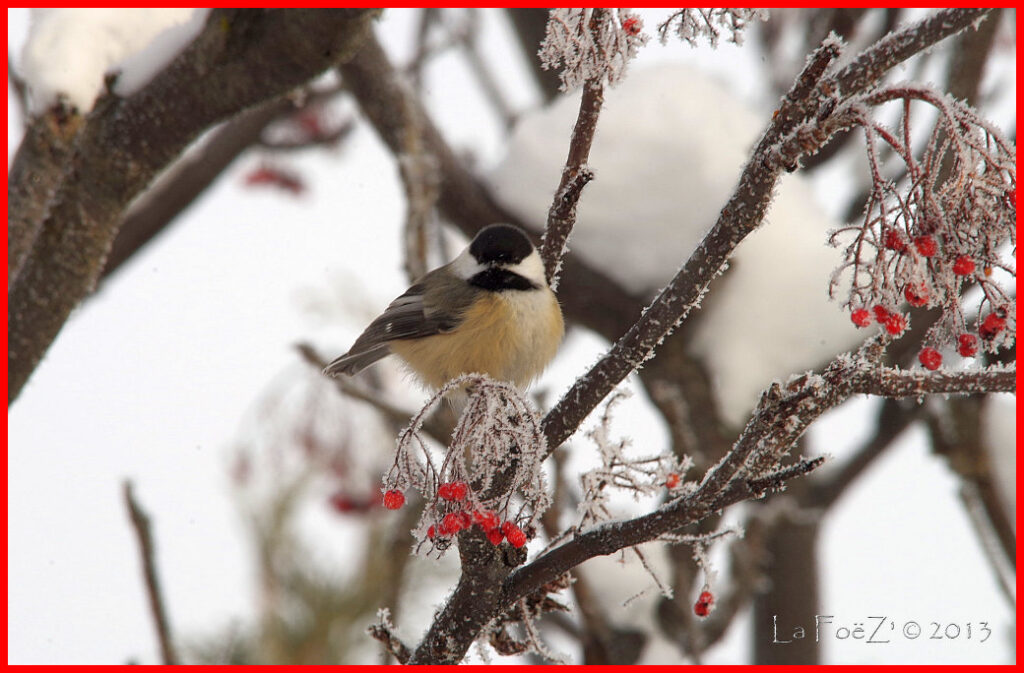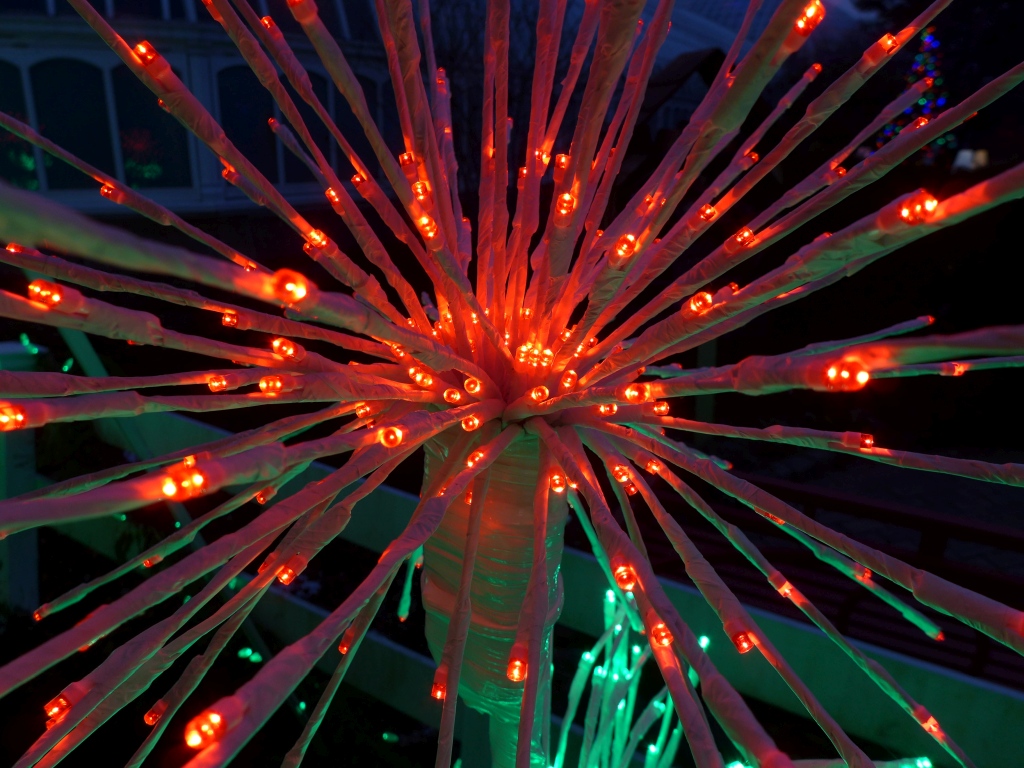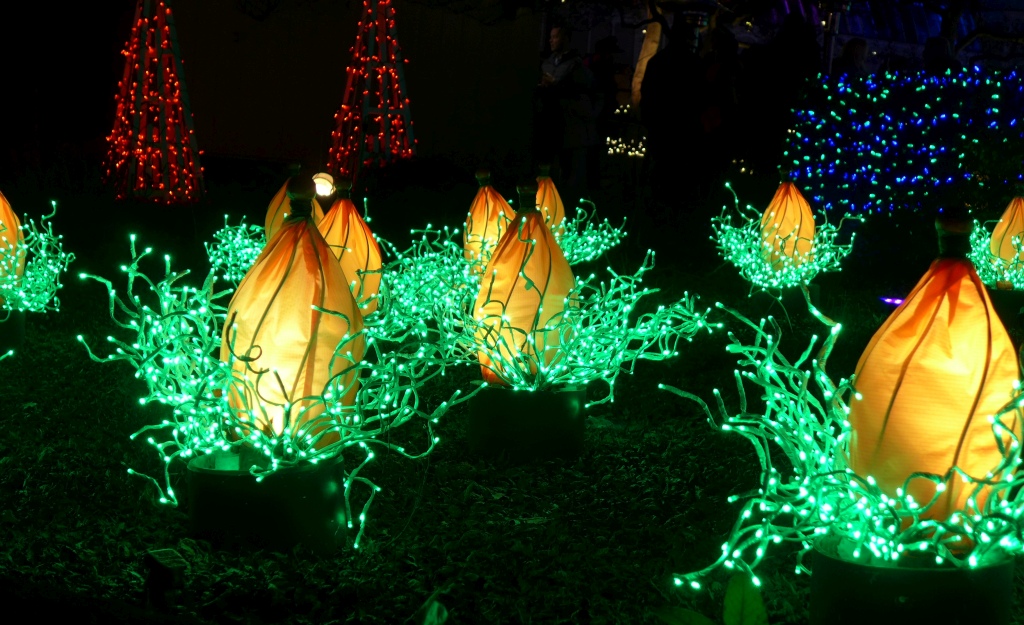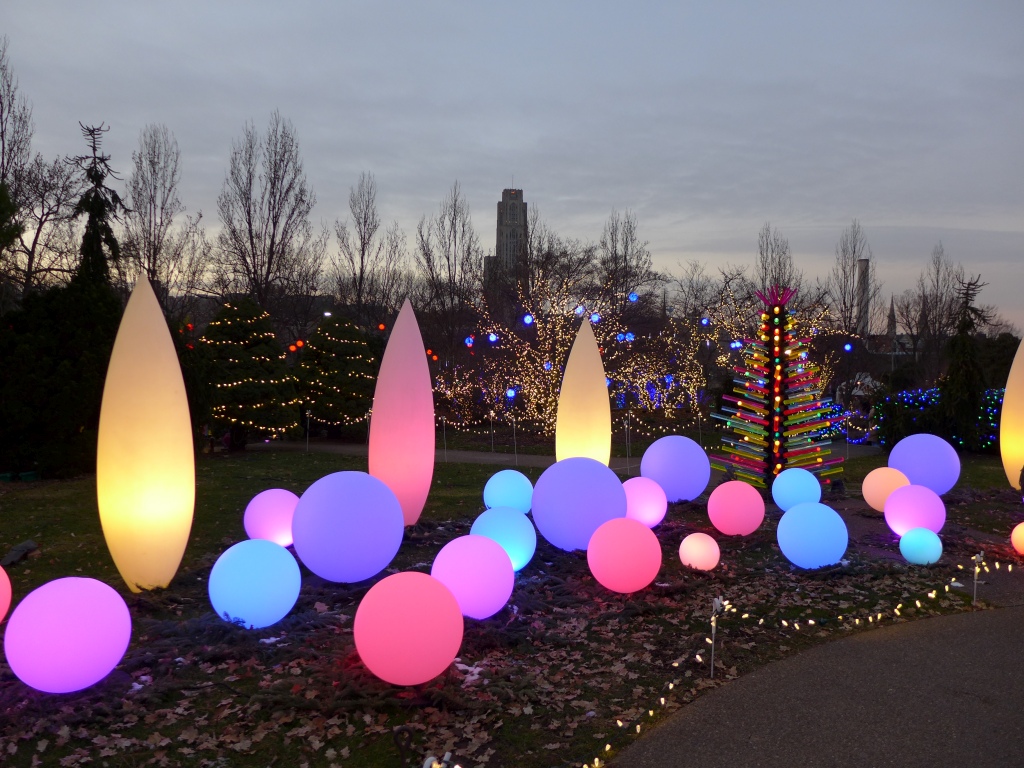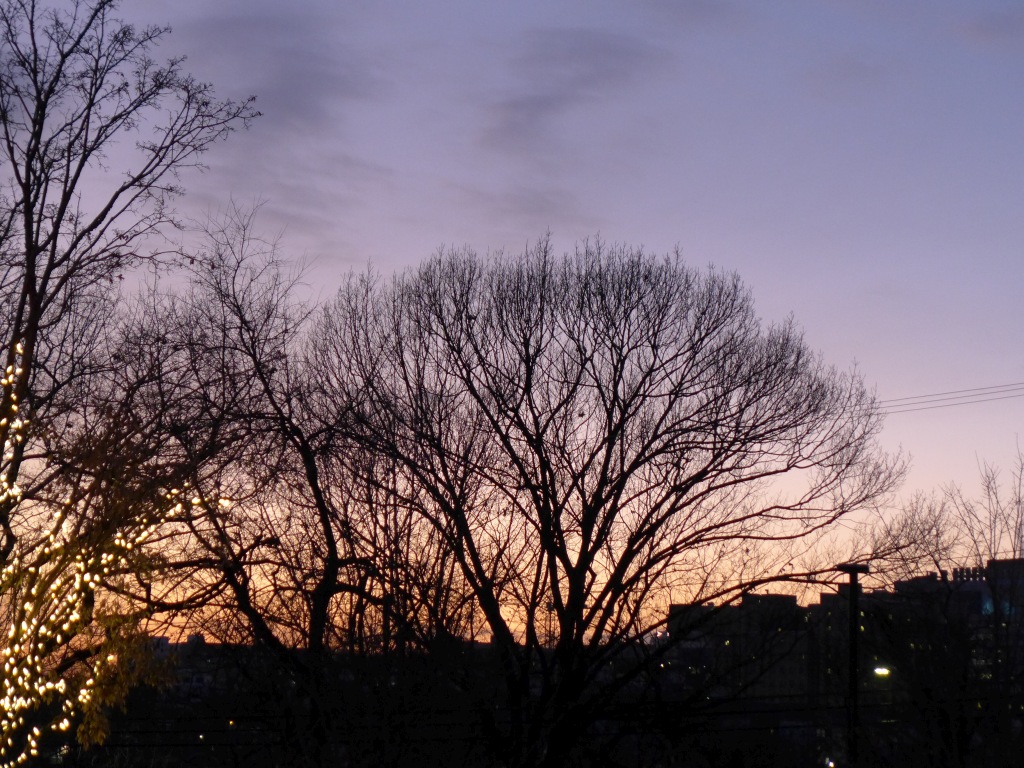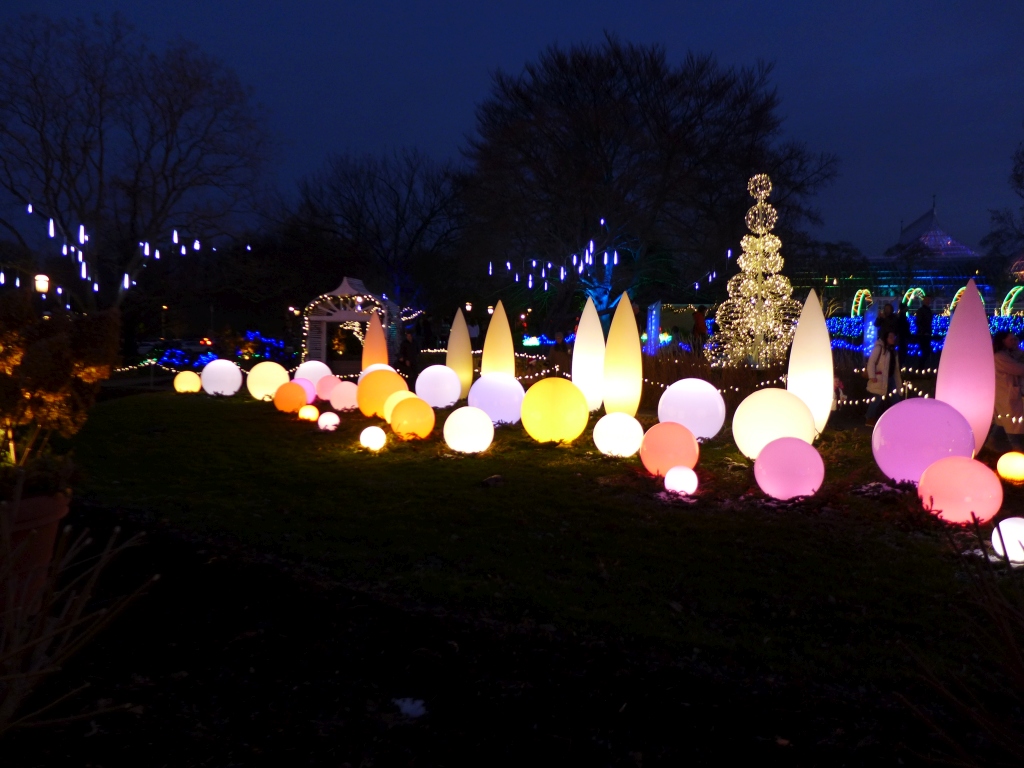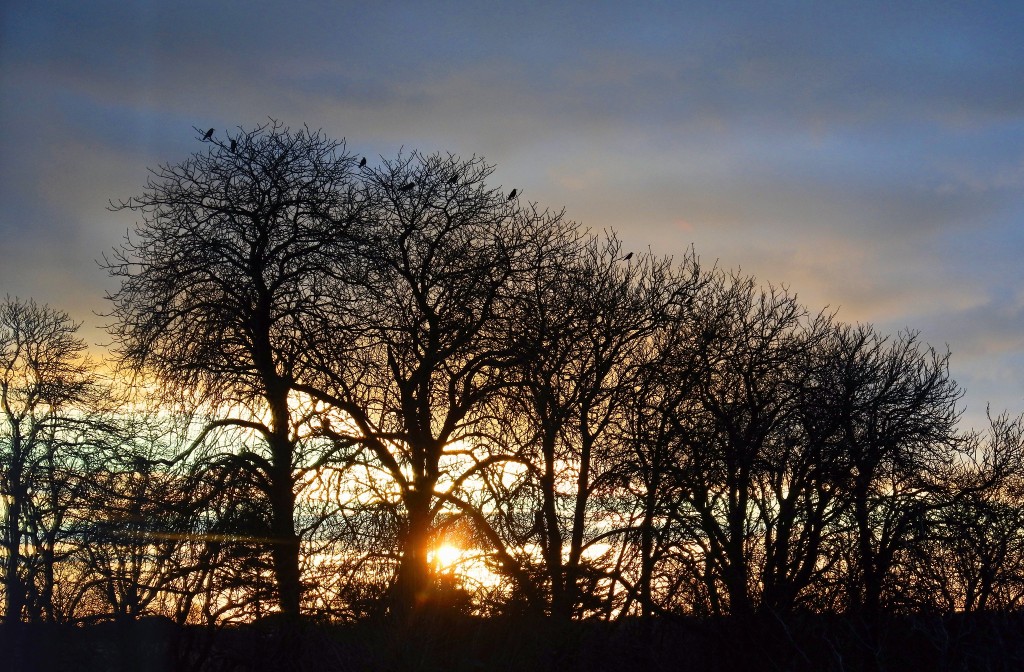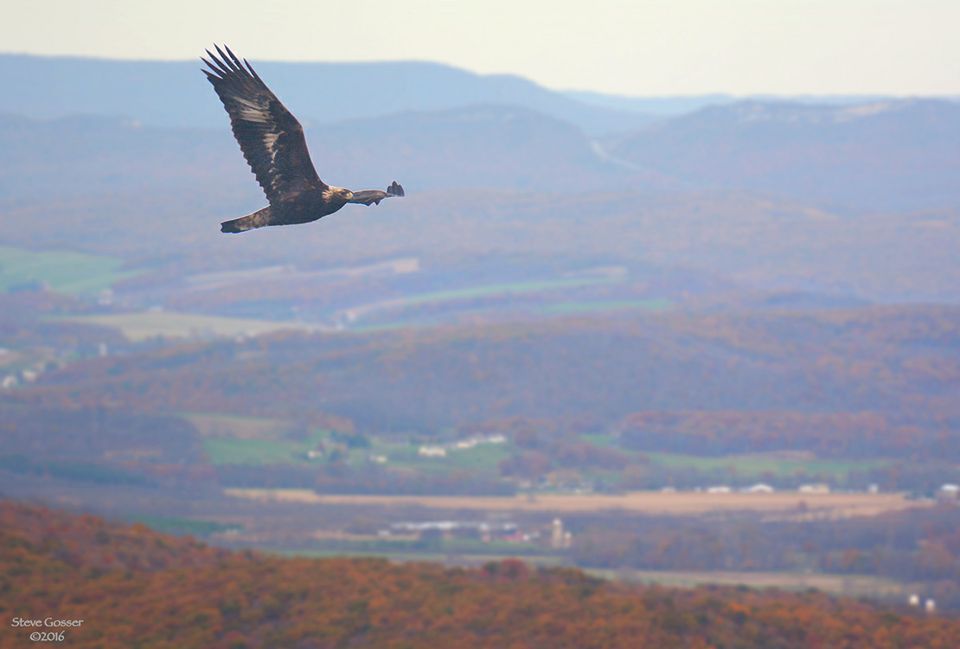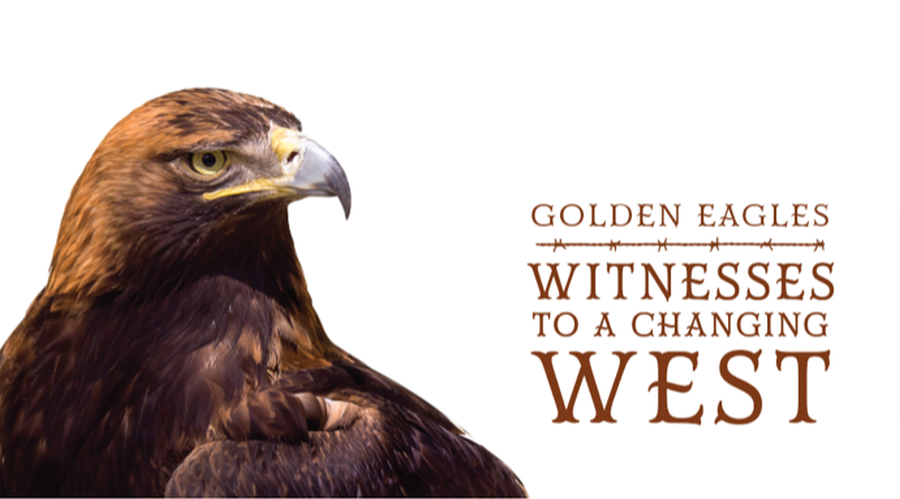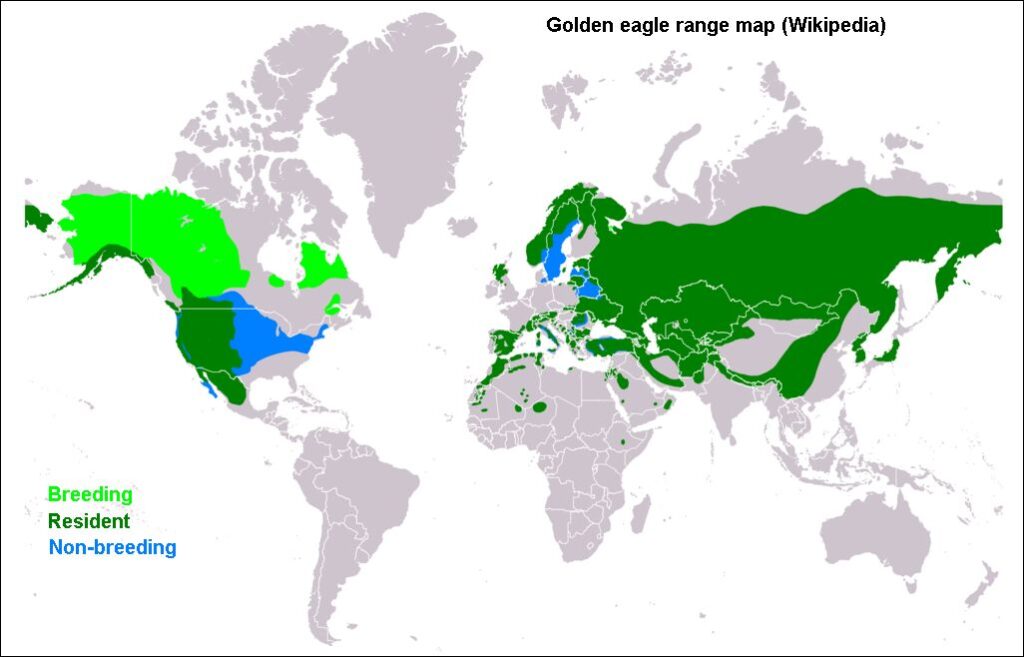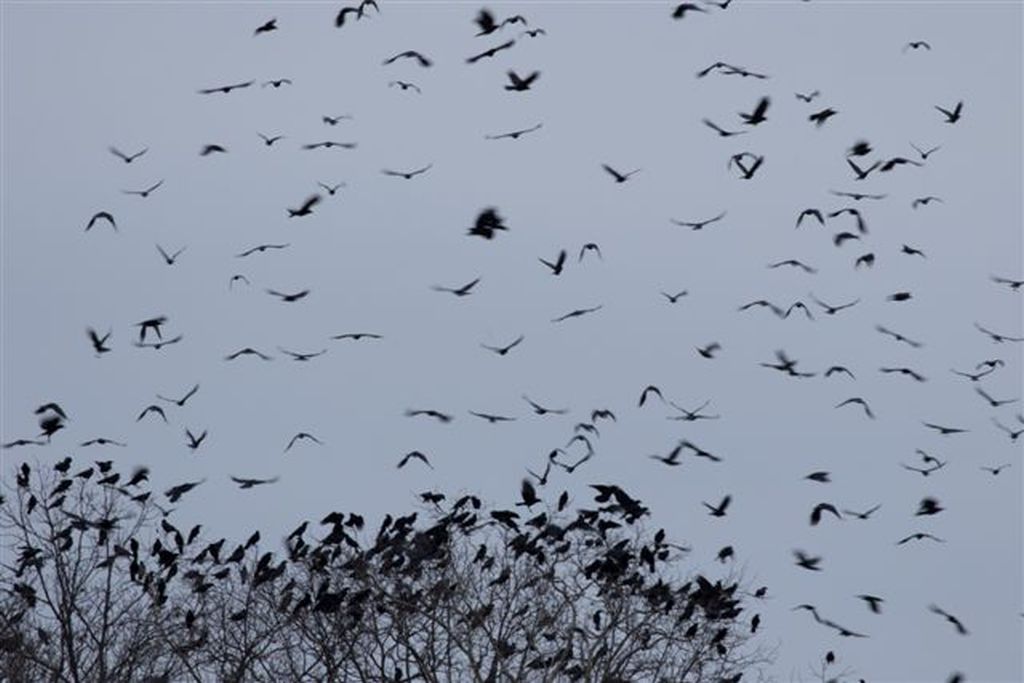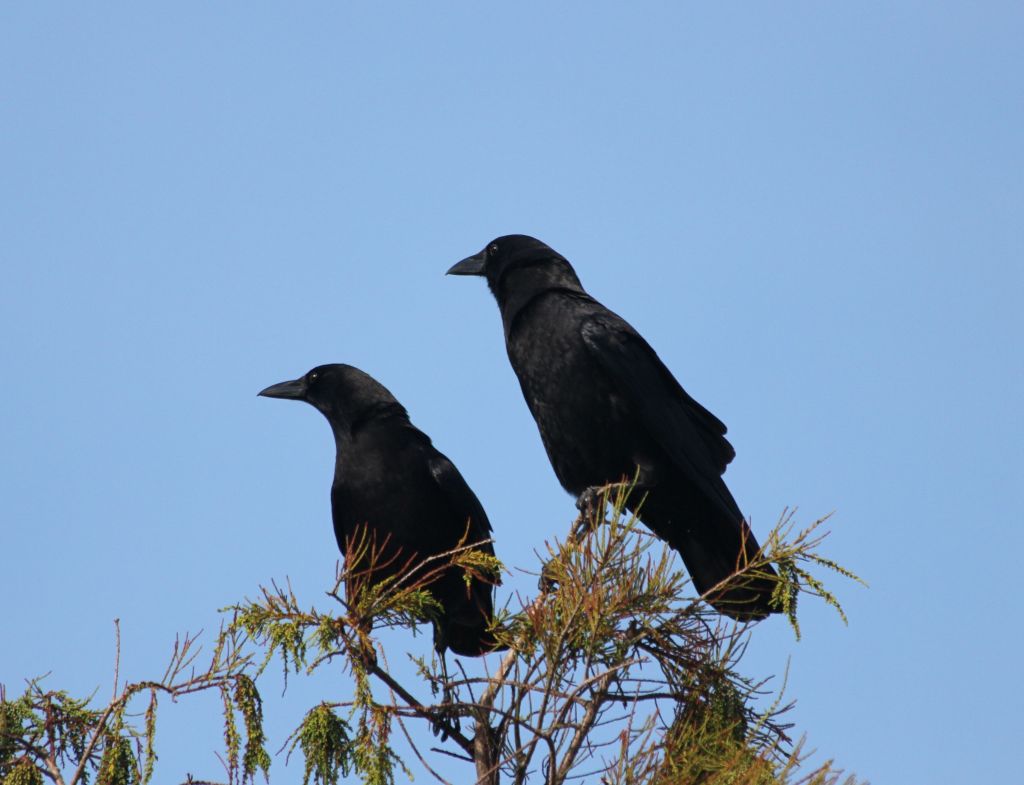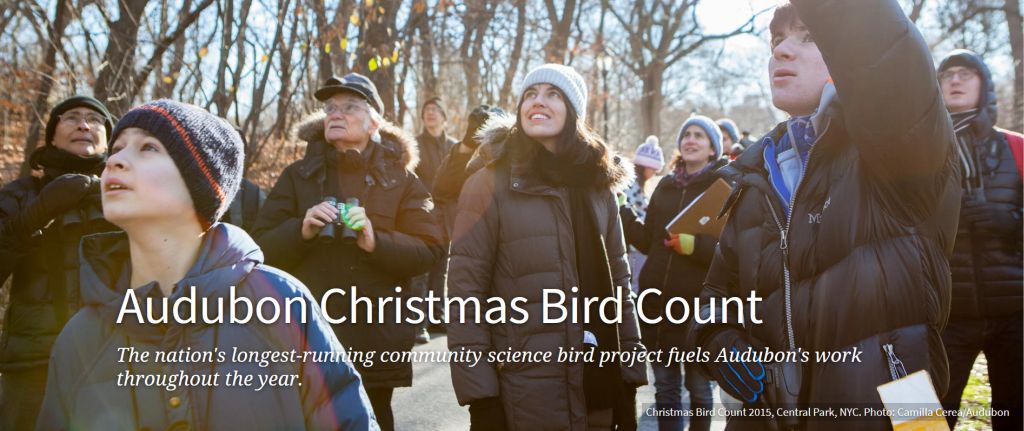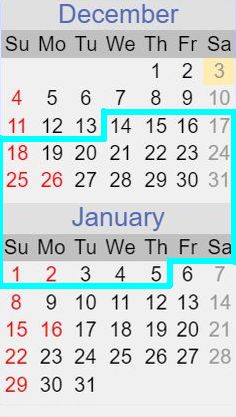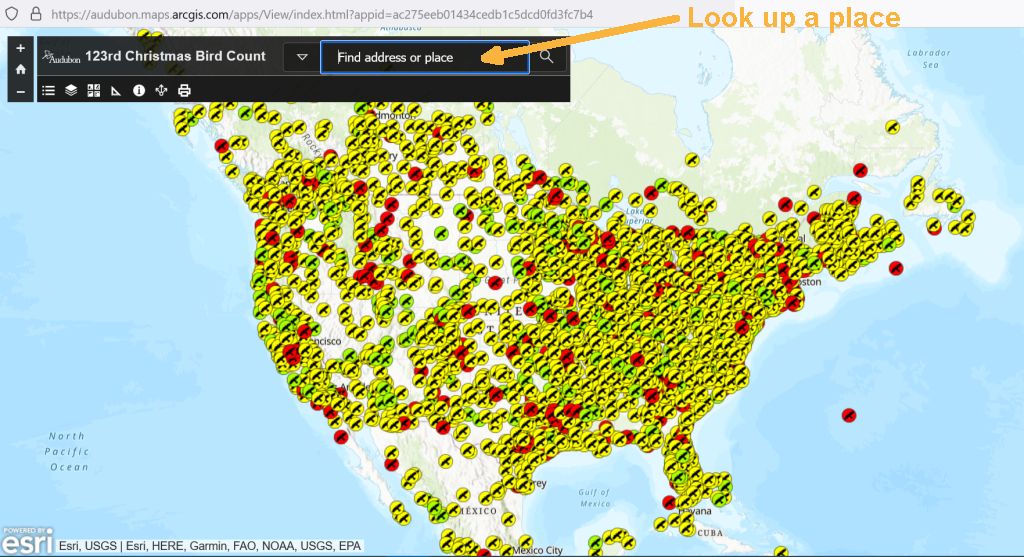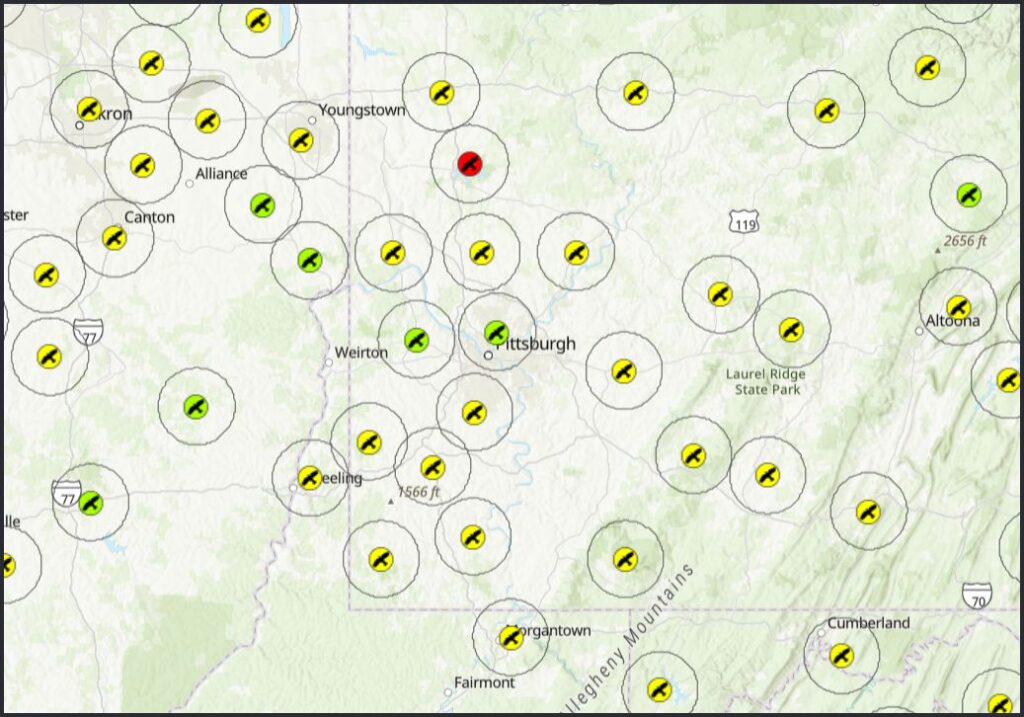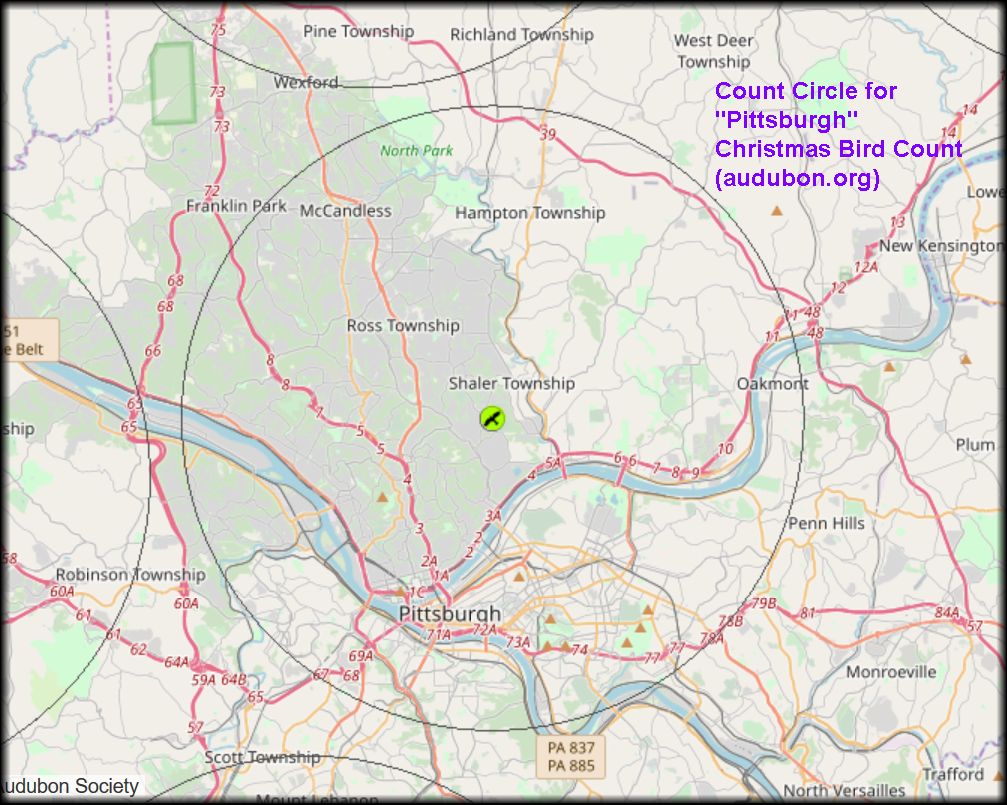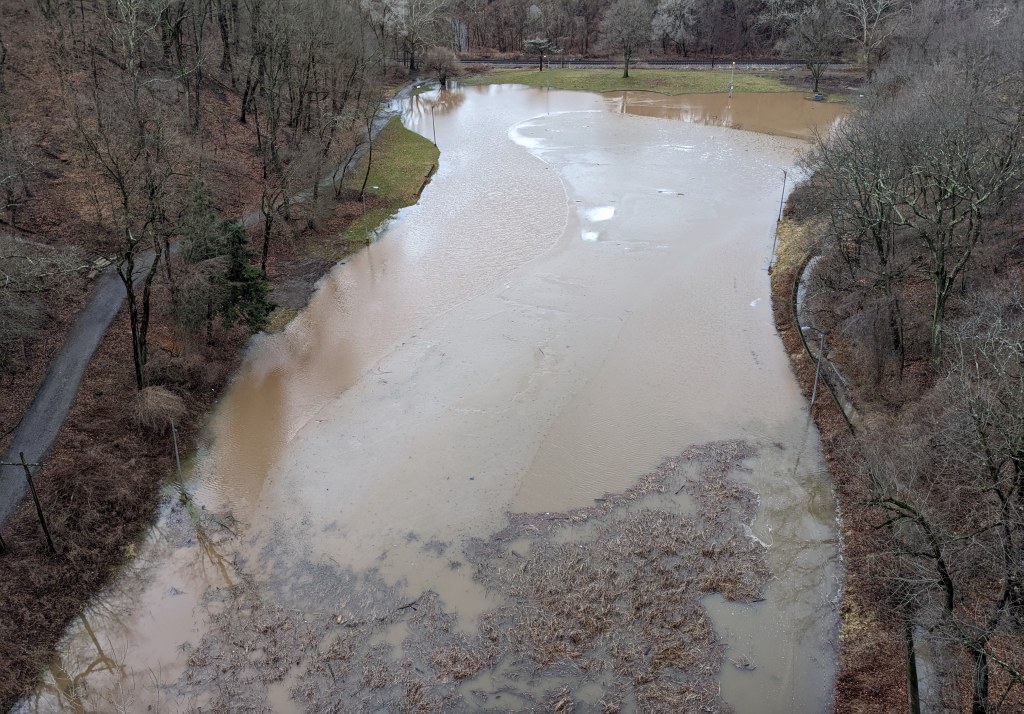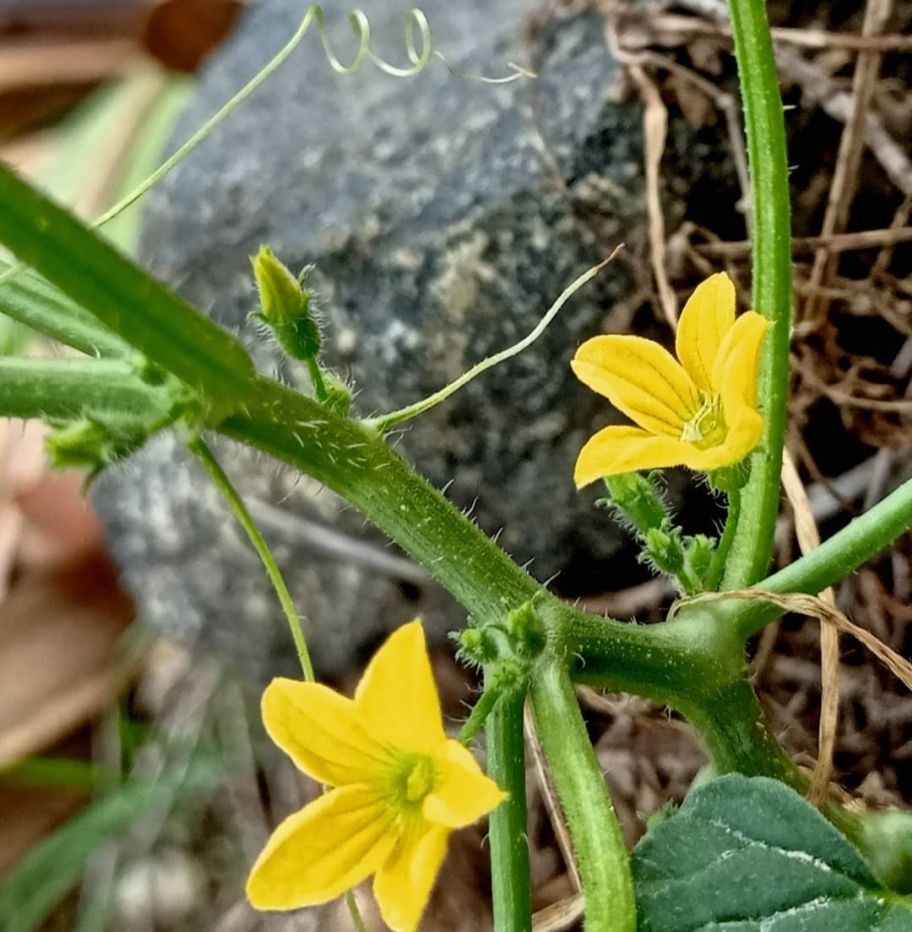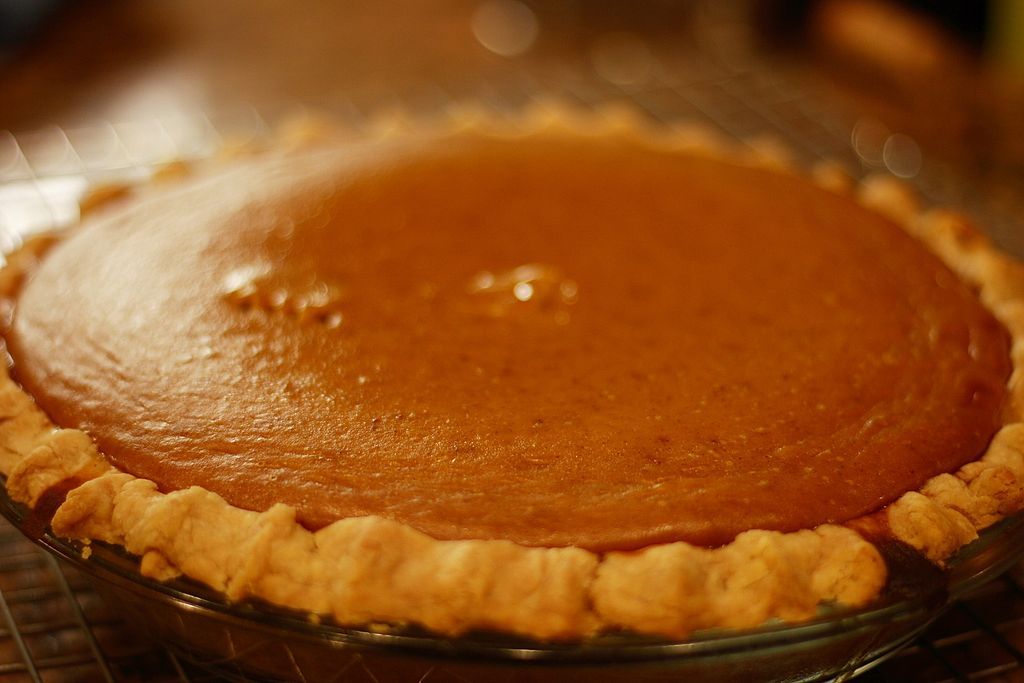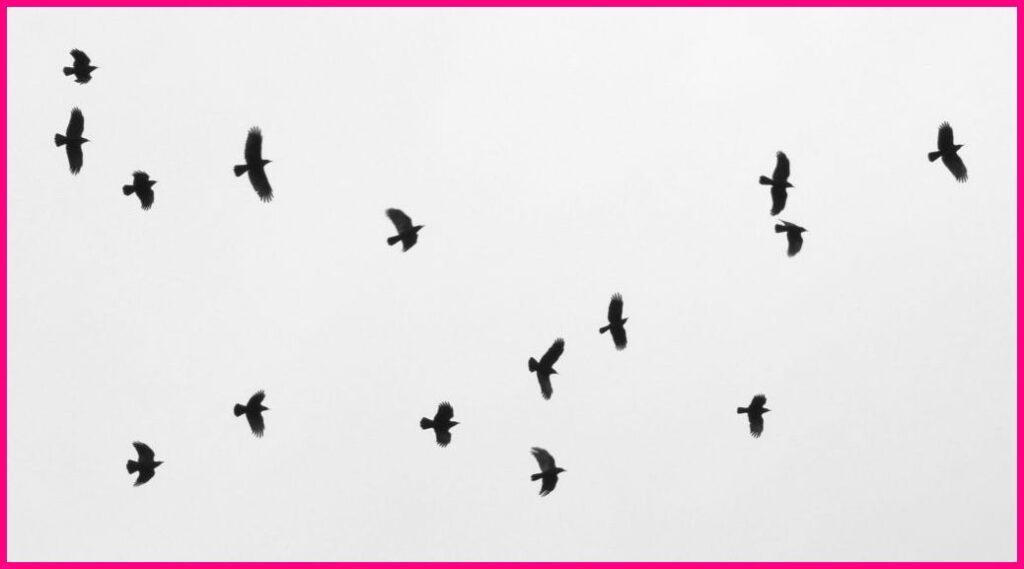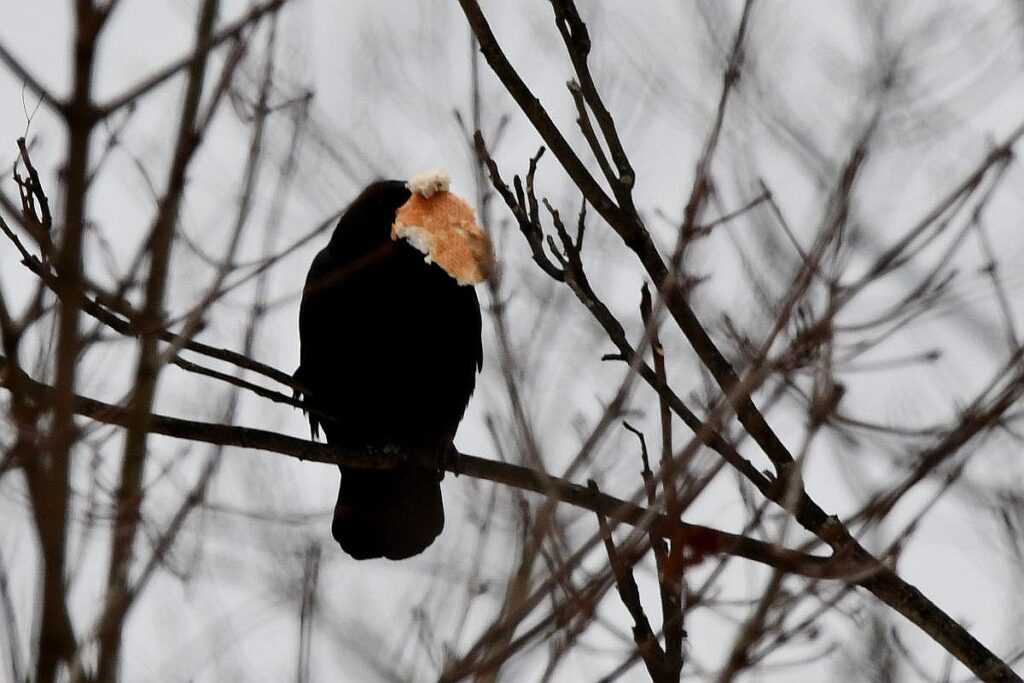
1 January 2023
Happy New Year! Claire Staples and I counted 20,000 crows for the Pittsburgh Christmas Bird Count yesterday.
Three days ago it looked like we were headed for a washout. Rain was in the forecast and on 29 December I found only 15 crows while driving 16 miles to scout recent locations — from Parkway Center Mall to Woodville Ave, Uptown, the Hill District, Polish Hill, the Strip District and the River Trail at Heinz Lofts. Fifteen!?!
Fortunately, thanks to hot tips from readers, we counted 20,000 crows last evening from our vantage point near Rooney Stadium at Duquesne University. Big Thank Yous go to:
- KEM, who passed along a Reddit video of crows at Duquense U. (Silly me. For weeks I looked at the Forbes end of campus.)
- Elizabeth Norman, who emailed at dusk on 30 December that crows were flying west to east over Allentown/Mt. Oliver. I saw them simultaneously from my building rooftop.
- Lori Maggio, who emailed on 30 December that thousands of crows were swirling above the Blvd of the Allies at Mercy Hospital and Duquesne University in near darkness. (my Aha! moment)
- Norman Wise, who confirmed on 31 Dec that there’s a large roost in the wooded area farthest northeast between Mount Washington and the South Side Slopes.
I triangulated those reports and looked for a high vantage point that could see all of them. Claire and I counted crows from the Bluff at Duquesne University and had the best crow count ever. Close in the air and countable.
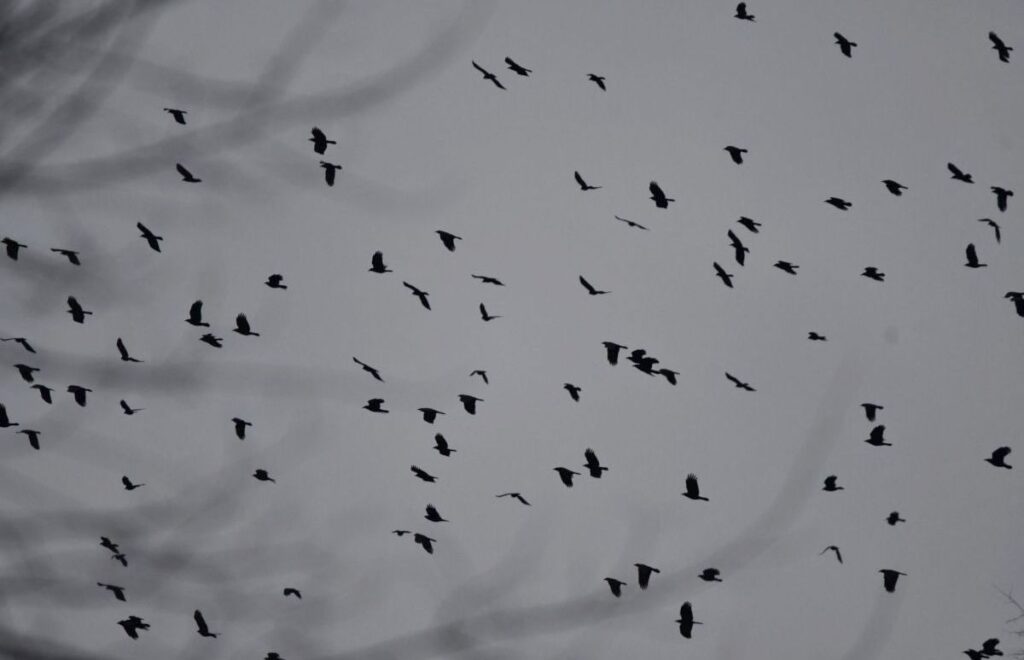
Thank you, dear readers, for all your help. Your enthusiasm for my blog inspires me to keep writing every day.
Happy New Year to all!
p.s. The caption on the first photo is a quote from my favorite poem about crows. Highly recommended! See the poem here. By Doug Anderson.
(photos by Jeff Cieslak on 27 December 2022 at Riveriew Park)
